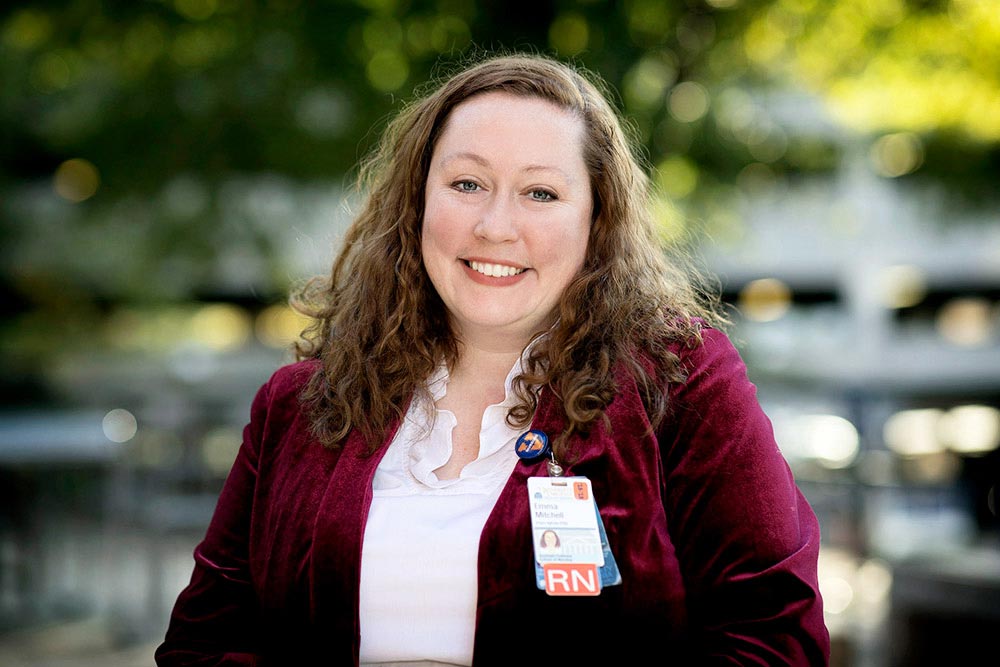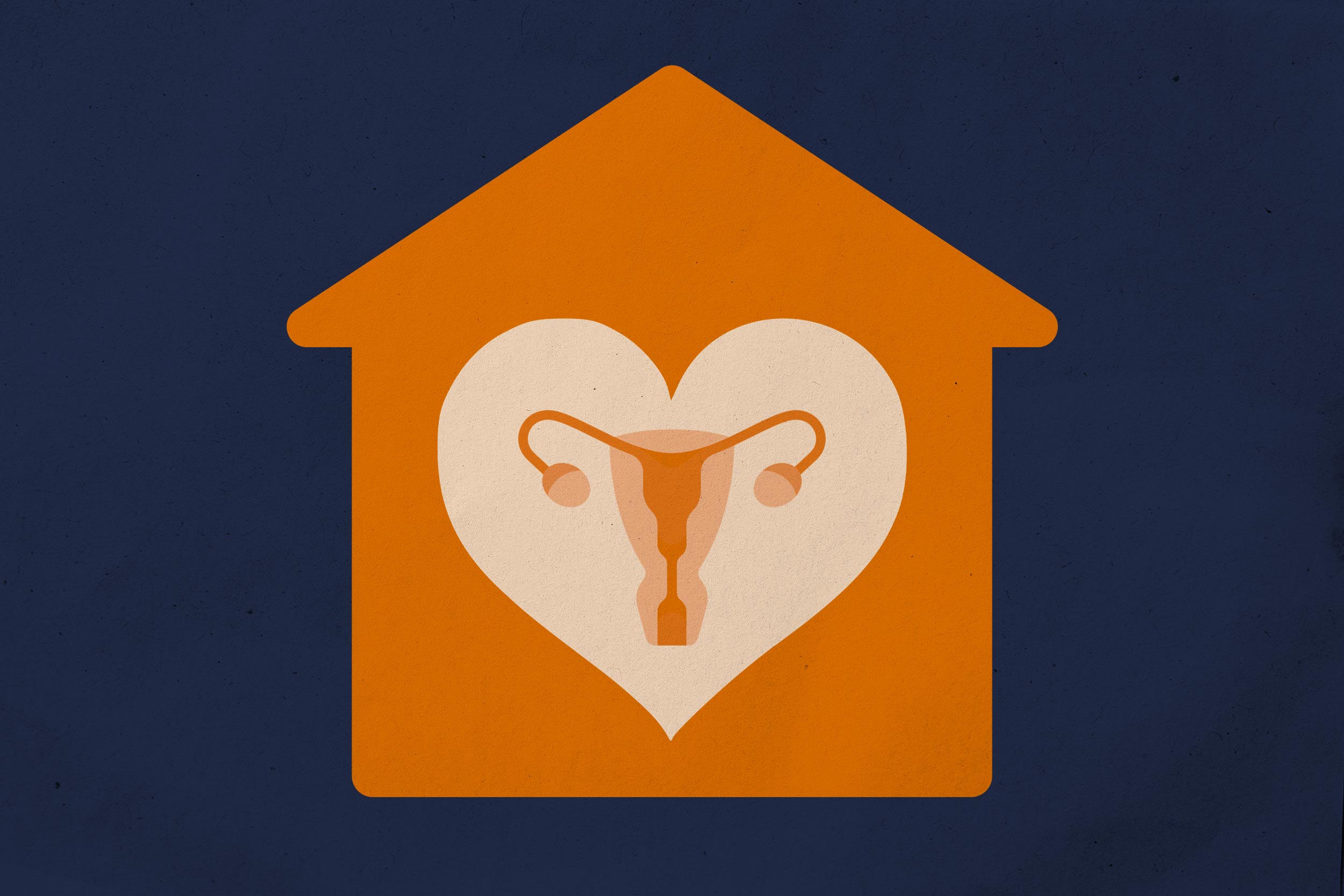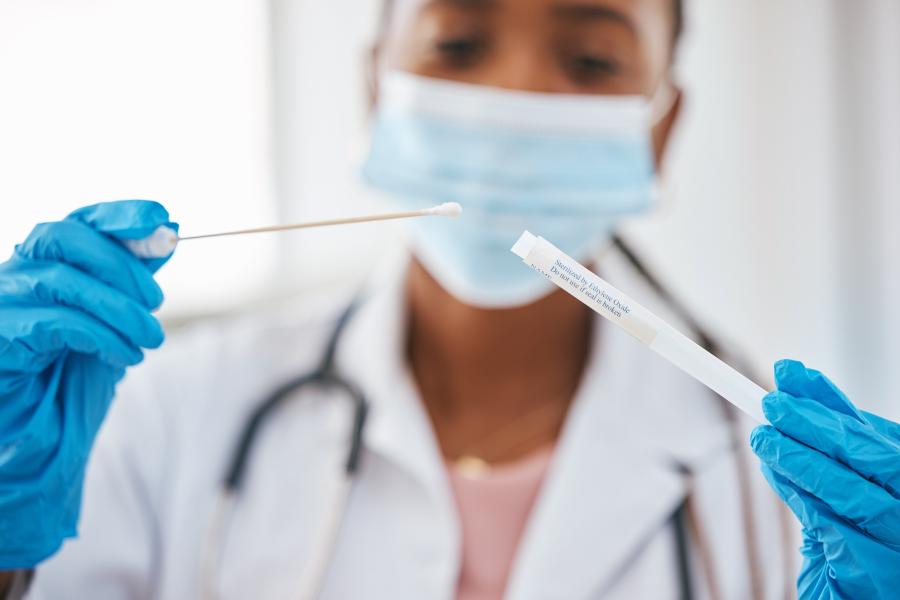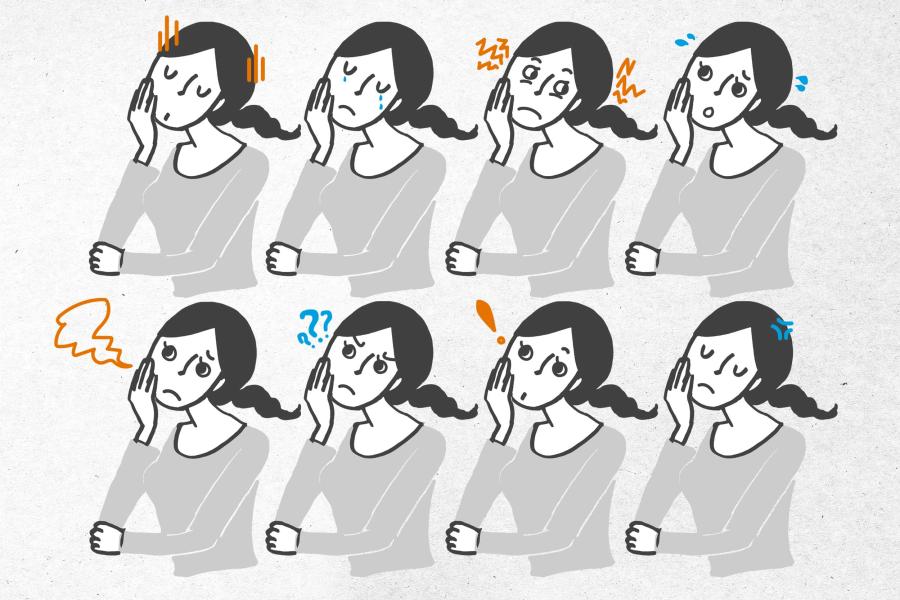The U.S. Food and Drug Administration has approved the country’s first at-home HPV screening device.
The test is designed as an alternative to the Pap smear, a procedure that detects precancerous cells in the cervix and that many women find painful. HPV causes nearly all cases of cervical cancer, which kills roughly 4,000 women every year in the US.
Teal Health, the company behind the new device, hopes it will increase screening rates by making the procedure more accessible. The device is targeted toward women between the ages of 25 and 65 who are at “average risk” for cervical cancer.

Emma Mitchell, an associate professor of nursing, researches how to make cervical cancer screenings more accessible. (School of Nursing photo)
In a Pap smear, a clinician collects cells from the cervix and looks for changes that can indicate precancerous or cancerous lesions, said University of Virginia associate professor of nursing Emma Mitchell, who has spent years researching how to increase access to cervical cancer screening and treatment. HPV tests, which are similarly effective at screening for cancer or precancer, look for the presence of HPV genotypes that are likely to cause cancer.
The company’s “Teal Wand” is also an HPV test device, but users can collect a swab themselves at home, and then mail the sample to a lab that will look for HPV.
The idea is not new. There are currently two FDA-approved self-collection devices approved for in-clinic use. Women can swab their cervixes using those devices in a clinician’s office.
“The Teal Health wand was designed specifically to be similar to a tampon, with the idea being that most women are familiar with how to use those,” Mitchell said.
Studies have shown that self-collection tests are just as effective as those administered by a clinician, Mitchell said, and self-collection tests are similarly accurate whether they’re completed at home or in a clinic. Countries like Australia and Sweden have had at-home cervical cancer screenings for years.
At-home HPV tests are geared for women who face barriers to access, whether that be cost, geography or a previous bad experience with the health care system. Surveys have indicated that about a quarter of American women are behind on cervical cancer screening. In their responses, many said they thought they would be more likely to stay current with those screenings if they could be done at home.










